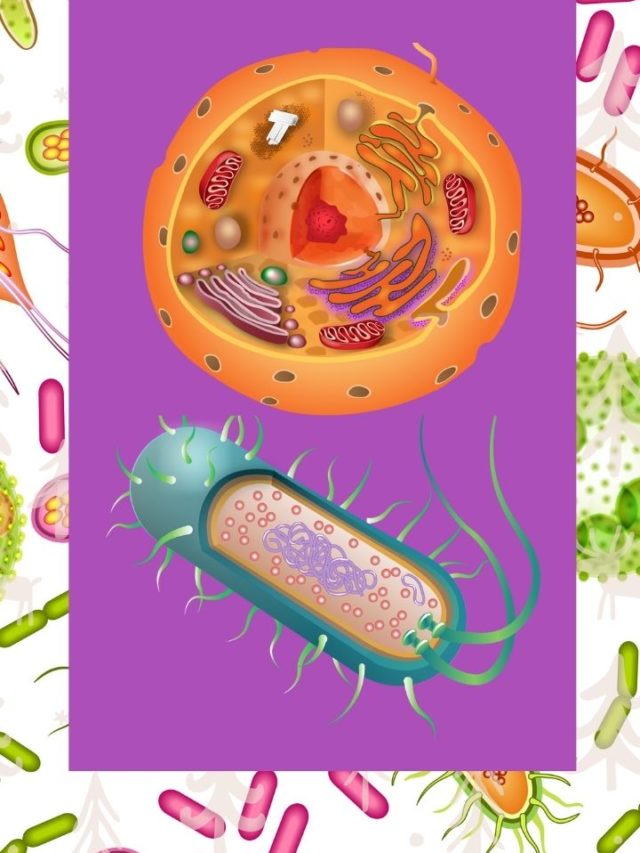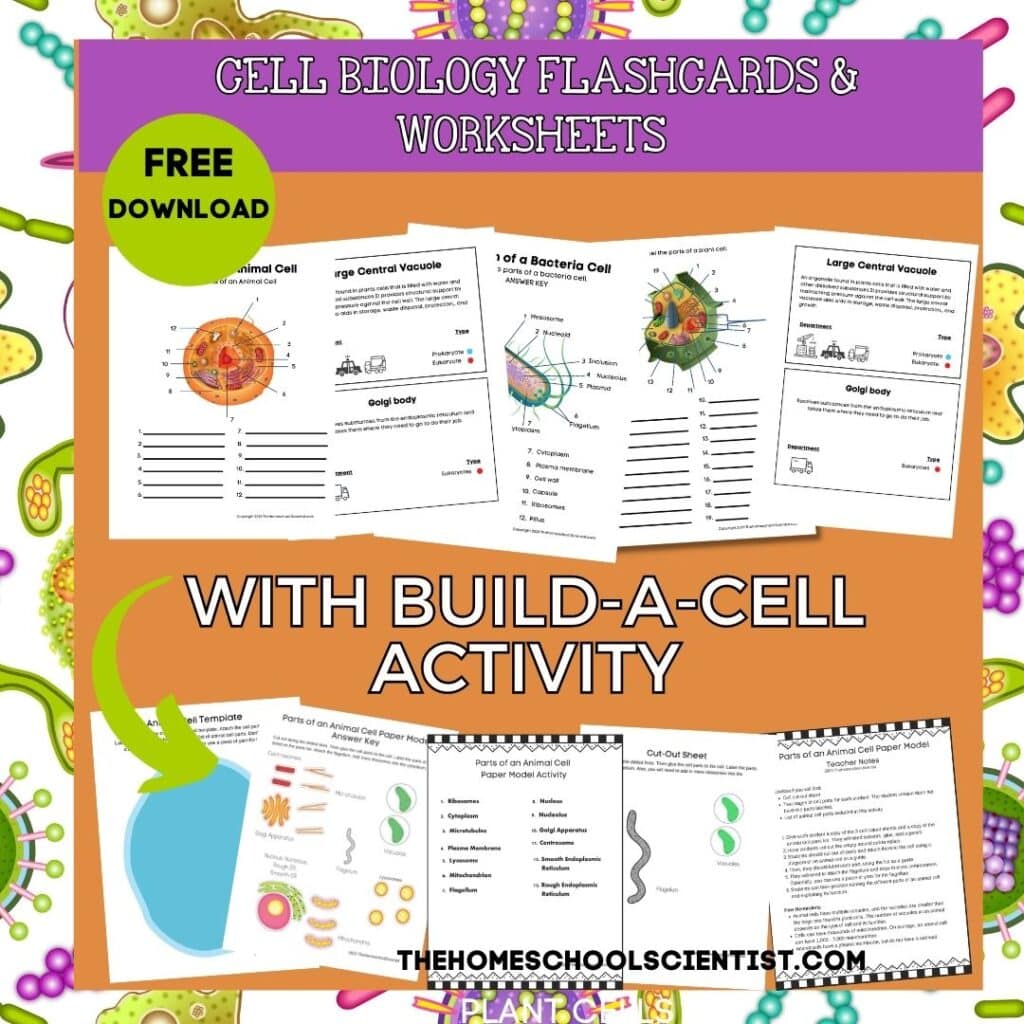Creating a Cell Model with FREE Biology Flashcards and Labeling Worksheets
Creating a Cell Model and FREE Biology Flashcards and Worksheets
Cells are the smallest unit of life. These microscopic wonders are what make life happen. They join together to build living complex organisms using the blueprint each one of them carries inside themselves. Or, one type of cell might be an entire living organism all on its own.
These fascinating bundles of life are sometimes hard to comprehend, especially for young learners. It can be hard to imagine something so small that you cannot see it with the naked eye can be so powerful and so….alive.
To get students to understand and appreciate cells, we need to get a little creative. We need to make them accessible to kids in a way they can easily grasp.
<<center?
FREE Cell Biology Flashcards & Animal, Plant, and Bacteria Cell Worksheets with a Build-An-Animal-Cell Activity
Don’t forget to grab a copy of our biology flashcards and cell labeling worksheets. Also included is a build-an-animal-cell activity.
This 70+-page printable includes cell biology flashcards and plant, animal, and bacteria cell labeling worksheets and word lists.
Enter your email address below. If you aren’t already a member of our email community, you’ll be added to the list. The worksheets will pop right into your inbox.
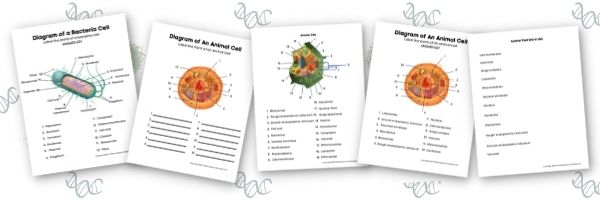
Make A Cell Model
When students first learn about cells, there is usually a labeled cell graphic to go along with the text. The students match the terms and definitions given in the text to the image labels. Graphics in textbooks are awesome, but most kids are hands-on learners so going beyond the flat images is helpful.
I am a big proponent of creating models when studying science. Modeling makes the student study the subject very closely in order to get the size, proportion, and details correct. The time spent creating the various parts correctly helps the student understand the subject more.
Spending this quality time on the subject aids in comprehension and retention of important details much more so than reading and looking at graphics alone.
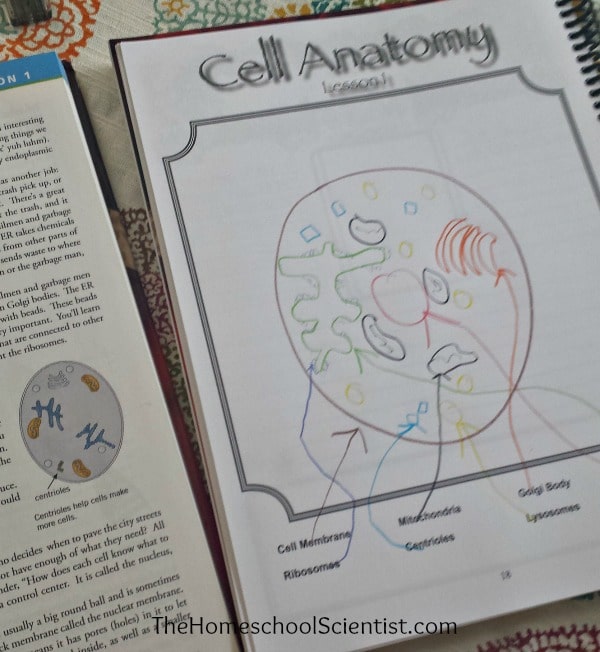
My son is studying cells with Apologia’s Human Anatomy and Physiology. Even though he read the text and drew a model cell in the notebooking journal, the cell didn’t come to life in his mind until he started creating a 3D model using our Spielgaben educational set.
You can use other household or craft items such as beads, chenille sticks, yarn, buttons, and playdough to make the parts of a cell.
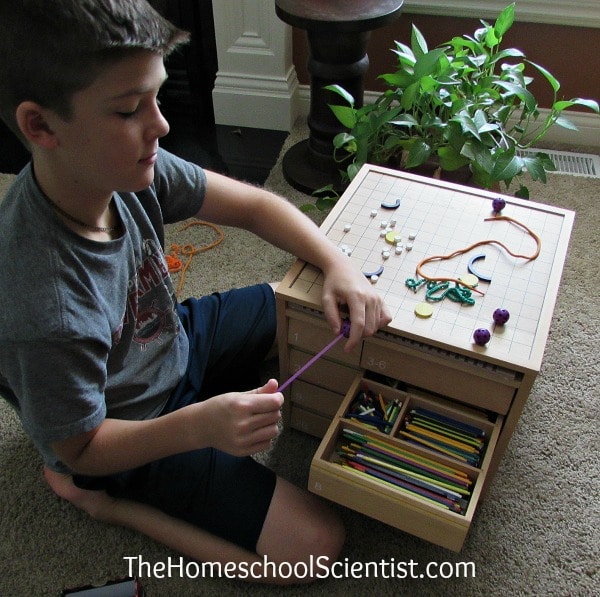
He spent time looking through the pieces and determining which ones would be a good representation of the various cell parts based on his newly acquired knowledge.
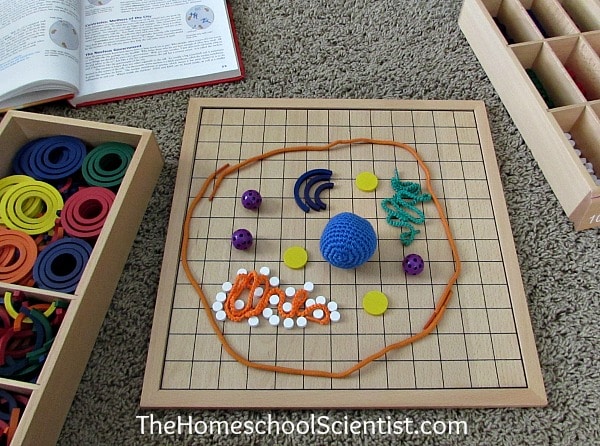
After creating his cell model, he told me all about the different parts and how they worked together. This is step is very important. This is a great review of the material without those boring review questions!
What is your child studying that he or she could benefit from creating models?
Spielgaben Education

Other Cell Project Ideas
Edible Cell: Chocolate Chip Cookie Science from HipHomeschoolMoms.com
I hold a master’s degree in child development and early education and am working on a post-baccalaureate in biology. I spent 15 years working for a biotechnology company developing IT systems in DNA testing laboratories across the US. I taught K4 in a private school, homeschooled my children, and have taught on the mission field in southern Asia. For 4 years, I served on our state’s FIRST Lego League tournament Board and served as the Judging Director. I own thehomeschoolscientist and also write a regular science column for Homeschooling Today Magazine. You’ll also find my writings on the CTCMath blog. Through this site, I have authored over 50 math and science resources.



